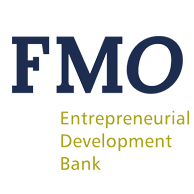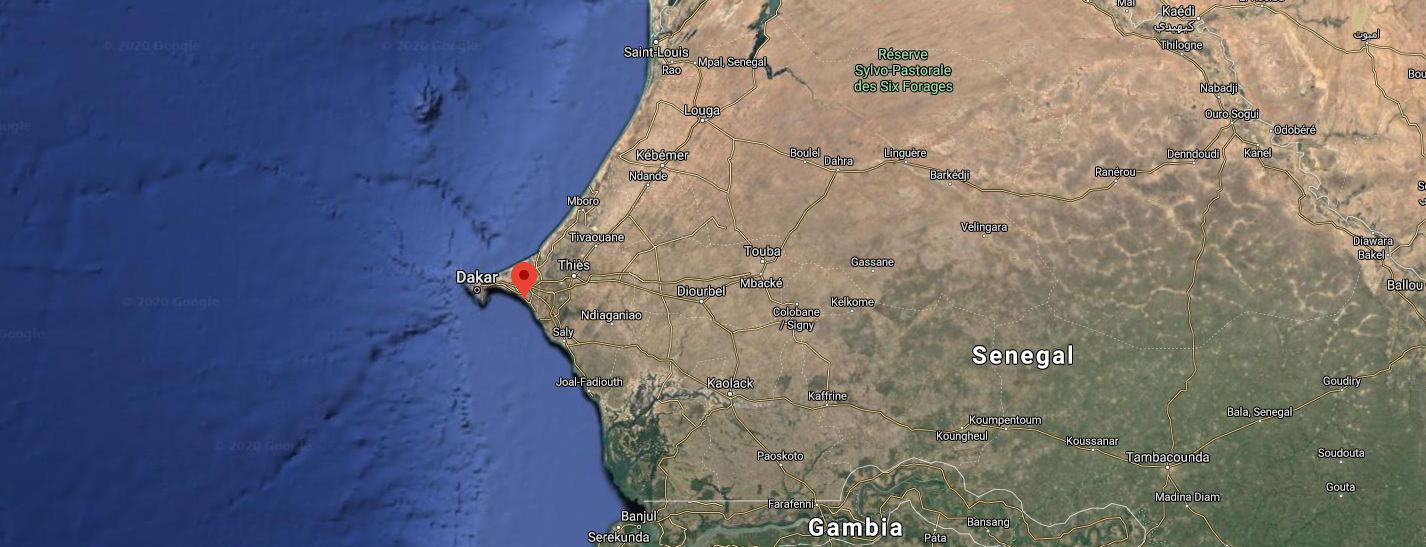


Energy shortages and power cuts in Senegal are quite frequent, which hamper the economic potential of the country.
Due to population and economic growth in Senegal, there is an increasing demand for stable energy supply and the current overall energy production of the country is insufficient for the demand. In order to diversify the energy supply and create a constant source of electricity -the base load- the government of Senegal decided in 2008 that a modern coal power plant should be built.
The Sendou project was designed to improve access to electricity for the country and increase supply by 30%, while enabling economic growth and improving livelihoods. The high number of direct and indirect jobs the project would create during both construction and operation, were particularly significant in view of the high youth unemployment in this area.
In 2012, FMO, the African Development Bank (AFDB), the West-African Development Bank (BOAD), and the Banking Company of West Africa (CBAO), co-financed the Sendou I project: a coal power plant near the town of Bargny, in the south of Dakar. FMO’s customer is Compagnie d’Electricité du Sénégal SA (CES), a company incorporated to develop and operate the Sendou power station. CES is owned by international investors.
| Senegal Senegal is one of the most politically stable African countries. Up to half of its population, of more than 16 million people (2020), is concentrated around Dakar and other urban areas. The median age in Senegal is 18.5 years. Senegal’s economic growth has been among the highest in Africa between 2014 and 2018, remaining above 6% annually. Since early 2020, the COVID-19 pandemic has significantly changed Senegal's economic outlook. Growth has slowed significantly to an estimated 1.3% percent in 2020, with services (such as tourism and transport) and exports particularly hit hard. Senegal has responded with containment measures and a comprehensive economic stimulus plan (PRES) to protect lives and livelihoods. However, limited fiscal buffers and safety nets, a vulnerable healthcare system, and a large informal sector poses challenges. (sources: World Bank and African Development Bank). |
Sendou has proven to be one of the most complex projects in our portfolio. Pressure from the Senegalese government to quickly complete the construction, major shareholder and management disputes and insufficient community engagement created a complicated operating environment and eventually caused for many setbacks. The power plant was operational only intermittently in the first half of 2019. Due to further stakeholder disputes and technical malfunctions, the plant has not been operational since June 2019.
| Operating environment The Sendou I project site is situated in a coastal area on 29 hectares of land near the villages of Minam and Bargny, 32 km from Dakar. Bargny is a fisher town with an estimated 80% of the 70,000-population relying on this sector for employment: for both the fishermen and the fish-drying community support the village’s own consumption as well as export to other countries .The site is located next to an area designated by the government of Senegal for further industrial development. This includes the Bargny-Sendou mineral port, with ongoing construction and which will become Senegal’s main industrial port. This port should lighten the congestion that is currently being felt in the old port of Dakar, the most important harbor for Senegal and neighboring countries. The new port will be equipped with cargo handling equipment necessary for the export and import of dry bulk commodities. There is opposition from fishermen and fish drying women living nearby the port for fear of losing their livelihood. |
| No-coal policy In 2015 FMO introduced its no-coal policy, which means that FMO no longer directly finances any new coalfired power generation; nor do we finance coal mining projects. FMO’s decision to invest in the Sendou project preceded the adoption of this policy, although the plant design would allow for conversion to accept gas from domestic offshore gas fields once this would become available. |